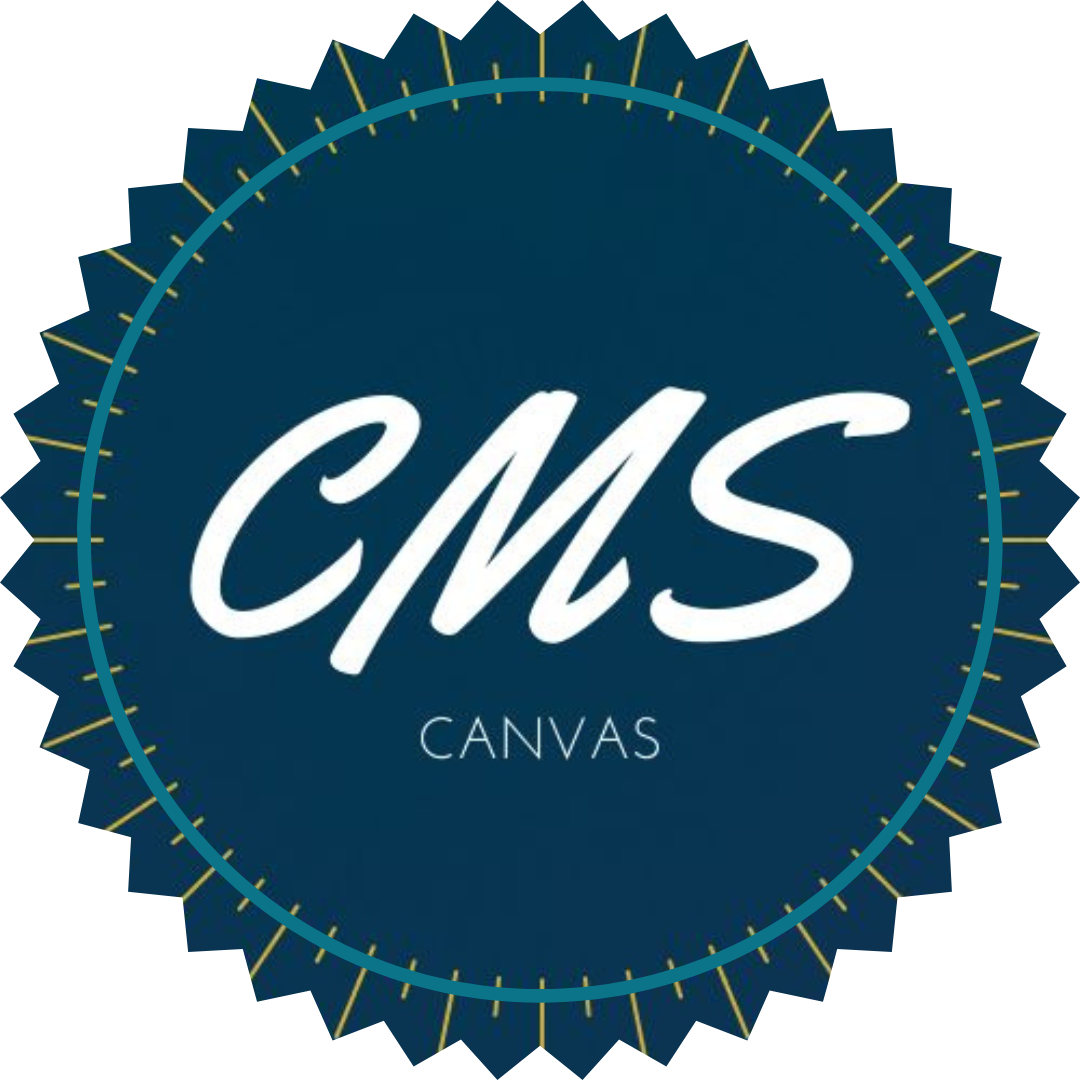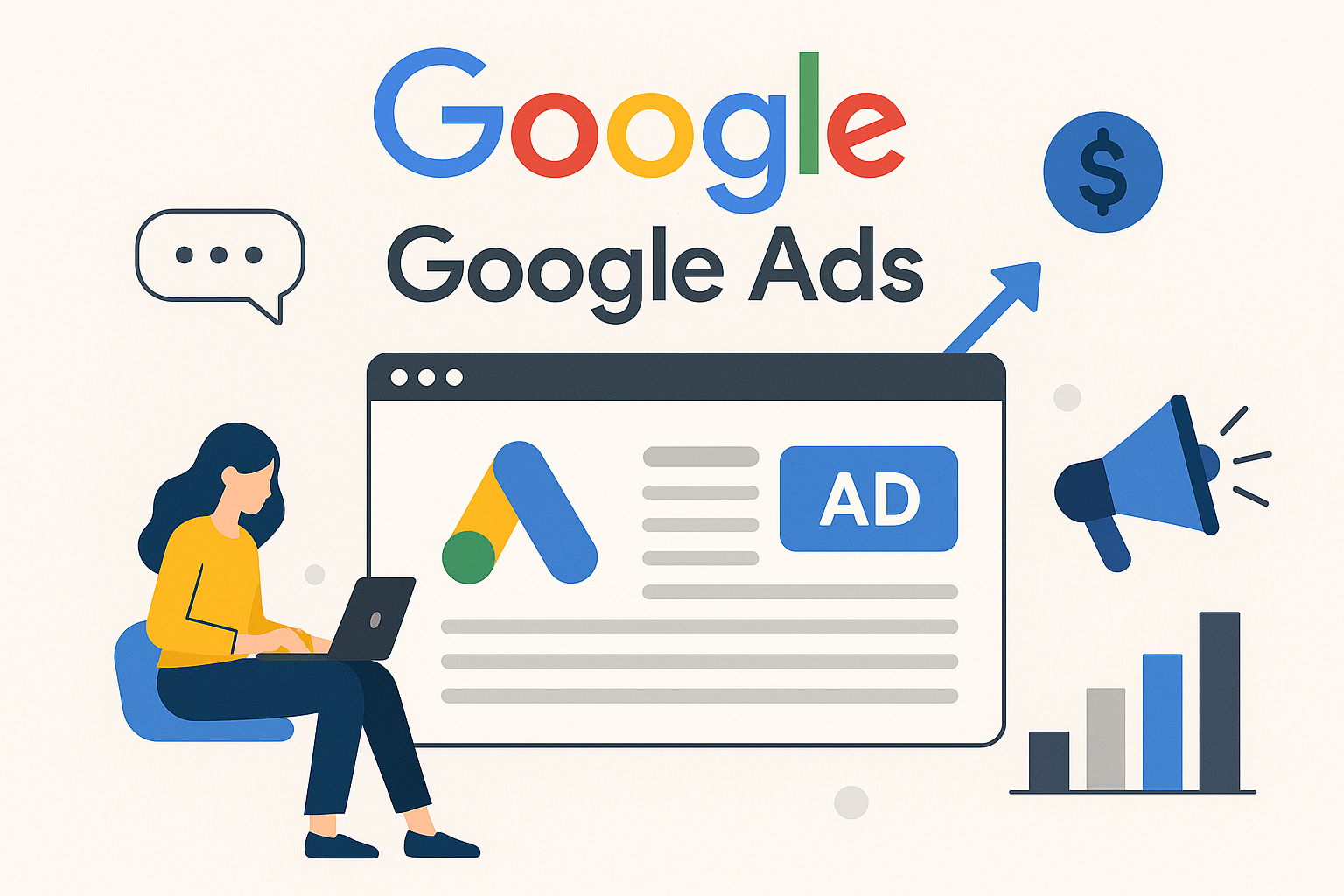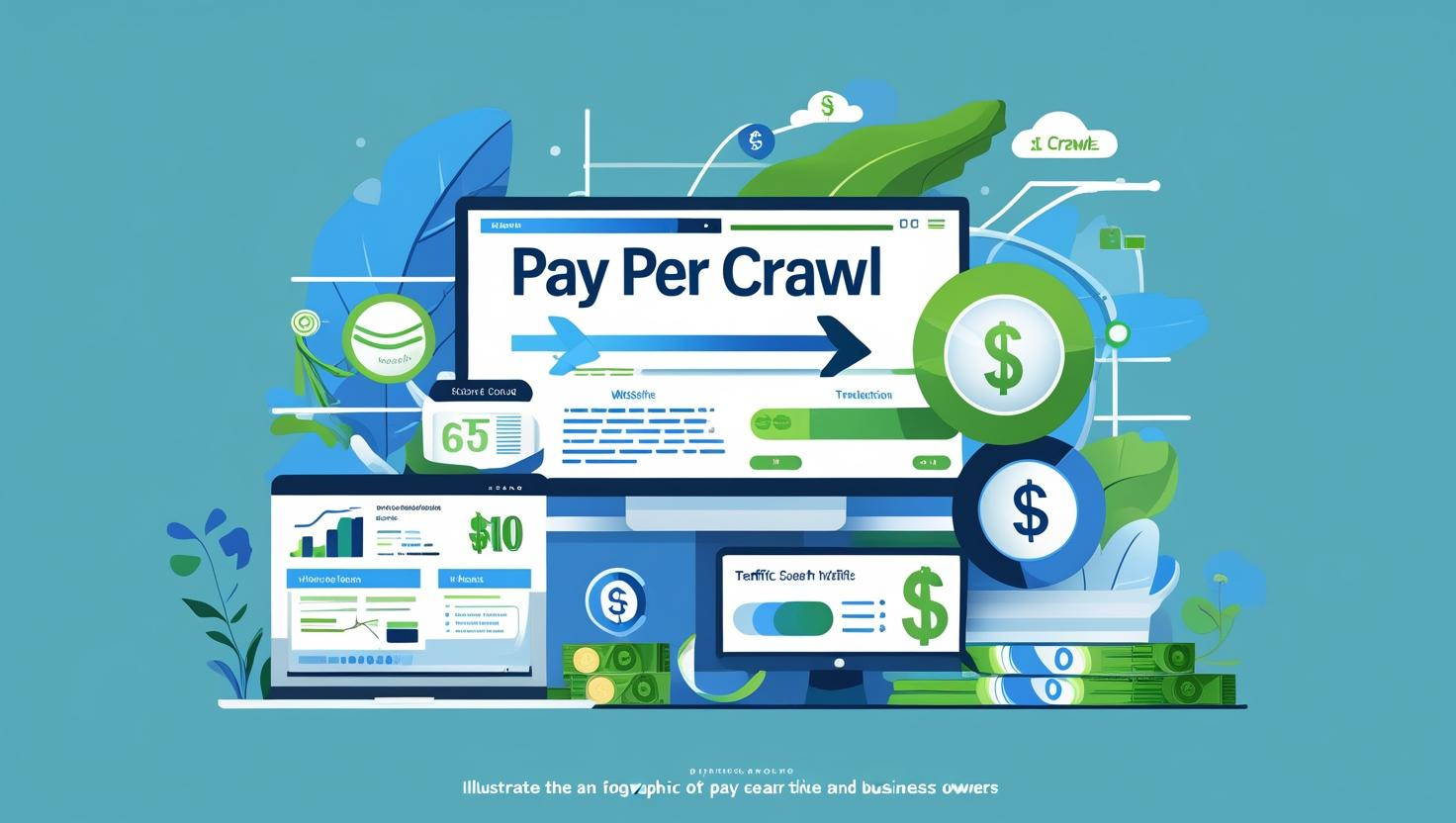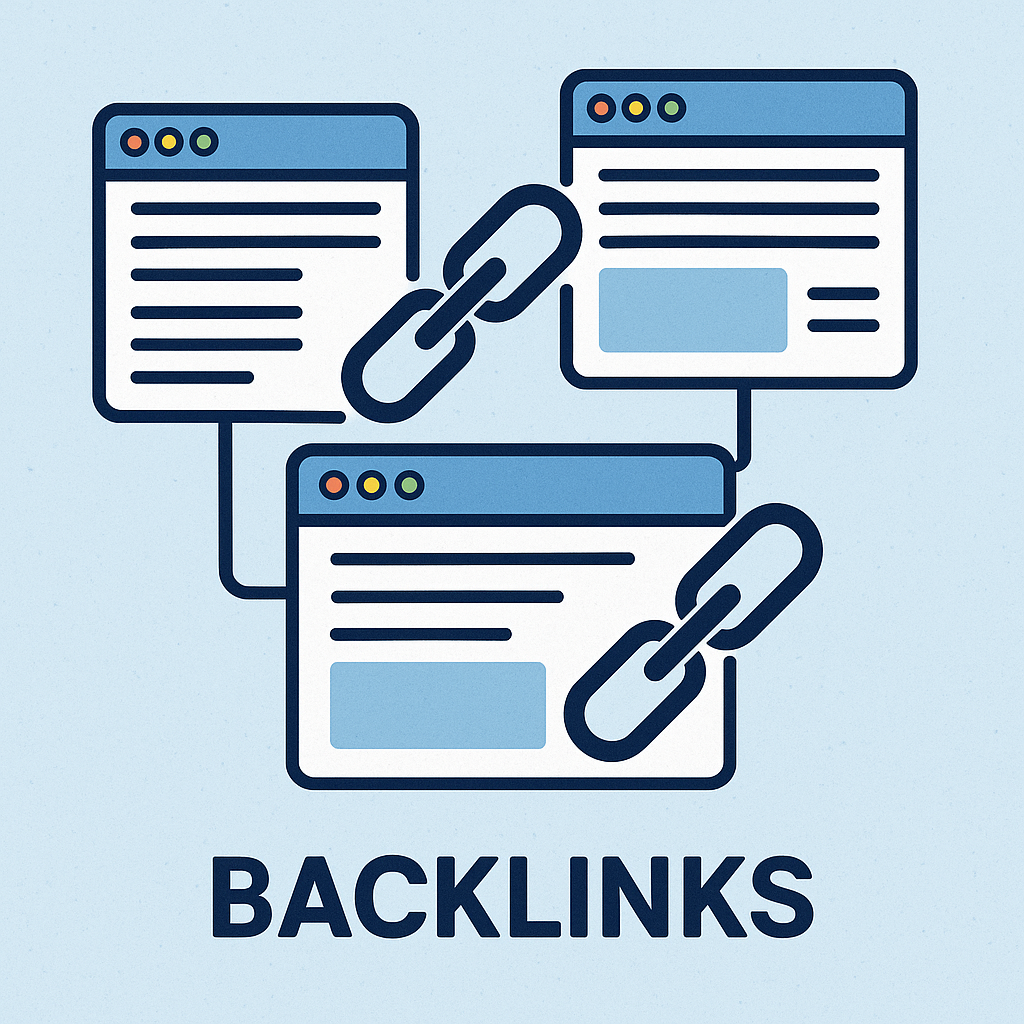Canvas Marketing Solutions Blog
Harness Hick’s Law and the Paradox of Choice to Maximise Conversions
Headless - Single CTA Landing Pages
Overview
Over our time here at Canvas Marketing Solutions, we've tested thousands of landing pages for hundred of different businesses. When it comes to lead generation, especially if it's for a high ticket service, headless landing pages have always been a huge game changer and have increase conversion rates massively for our clients. It's how we were able to generate leads worth millions in the financial services industry for our clients.
A “headless single CTA landing page” typically refers to a landing page that is managed through a headless CMS (i.e., the front end is decoupled from the back end) and that focuses on exactly
one clear call-to-action (CTA). A “single CTA landing page” centers the user’s attention on completing one key goal (e.g., signing up for a trial, downloading a resource, subscribing to a newsletter, etc.).
Meanwhile, the “headless” approach allows developers and marketers to have more flexibility in how they build, deploy, and manage the content and experience.
Below is a breakdown of why they’re important and the theories that explain their effectiveness.
1. Why Single CTA Matters
a. Minimising Distractions
A single CTA page minimizes the number of potential distractions (links, navigations, other offers) that compete for attention. Research on cognitive load and user experience consistently finds that fewer decisions lead to higher conversion rates because users don’t get stuck deciding what to do next.
b. Clarity and Focus
Having a single CTA gives the page a laser-focused message. In conversion optimization, clarity is often more powerful than persuasion techniques. If the user’s objective and the site’s objective are aligned (e.g., “You’re here to do this one thing”), conversions tend to go up.
c. Reduced Anxiety and Friction
Each additional field in a form, link on a page, or CTA can introduce friction or anxiety. Users may wonder “Which link should I click?” or “Do I need to read more before I act?” By removing those decision points, single CTA pages reduce friction and can create a smoother path to conversion.
d. Higher Conversion Rate Optimization (CRO) Potential
Single CTA landing pages allow for more controlled A/B testing and experimentation. It’s straightforward to test headlines, visuals, or the CTA itself when there is only one main point of conversion. This often leads to more actionable data and clearer insights.
2. The Theories Behind Single CTA Effectiveness
a. Hick’s Law (Choice Overload)
Hick’s Law states that the time it takes for individuals to make a decision increases with the number of choices they have. On a traditional, multi-link web page, users can be overwhelmed by various navigation elements, sidebars, or other offers. A single CTA approach simplifies decision-making and thus can lead to faster (and more frequent) conversions.
b. The Paradox of Choice
Closely related to Hick’s Law, psychologist Barry Schwartz popularized the concept of the “Paradox of Choice”: when people are presented with too many options, they may experience anxiety or decision paralysis. A single CTA eliminates this paradox by presenting one immediate path forward.
c. Attention Ratio (Conversion-Centered Design)
Oli Gardner from Unbounce coined the term “attention ratio,” referring to the ratio of the number of interactive elements (links, CTAs) on a page to the number of campaign goals. A typical homepage might have an attention ratio of 40:1, whereas an optimized landing page aims for 1:1 (i.e., one clickable element that leads to the goal). Single CTA pages nearly achieve that ideal 1:1 ratio.
d. Cognitive Ease & Fluency
Cognitive fluency suggests that the simpler something appears—both visually and cognitively—the more users trust it and feel comfortable engaging with it. By having one central call-to-action and minimal extraneous information, you create a high degree of “fluency,” which can encourage conversion.
3. Why Go “Headless”?
A headless CMS architecture decouples the front-end presentation layer from the back-end content management system. This architecture can be especially advantageous for single CTA landing pages in a few ways:
- Flexibility in Front-End Technologies: Marketers and developers aren’t constrained by a monolithic system’s template limitations. They can design hyper-optimized, lightweight pages using modern front-end frameworks (React, Vue, Next.js, etc.) without getting bogged down by back-end constraints.
- Faster Iterations & Testing: Because the design layer is separate from content storage, teams can quickly spin up variations of landing pages for A/B or multivariate testing. Content changes (like headlines, images, copy) can be managed independently of the front-end code.
- Scalability & Performance: Headless setups can serve content via APIs, making pages more performant and scalable. Faster load times on landing pages often result in better user engagement and higher conversion rates.
- Omnichannel Consistency: If you need the same CTA or message across multiple channels (e.g., web, mobile app, kiosk, email campaign pages), a headless approach can provide consistent content that’s fed into each channel via the same back end.
4. Best Practices for Headless Single CTA Landing Pages
- One Goal, One Message
Make sure your headline, subheadline, and imagery revolve around the same core offer. Don’t dilute the message with unrelated content. - Prominent CTA Placement
The button or form should be obvious, easy to click or tap, and appear above the fold (or at least be immediately visible without scrolling). - Trust Elements
Include relevant trust badges, testimonials, or short social proof statements—but do so sparingly. Too many additional elements can be distracting; keep them concise and directly supportive of the single CTA. - Clean Design & Strong Visual Hierarchy
Use whitespace and clear typography so that users can immediately understand the purpose of the page. The design should guide their eye straight to the CTA. - Fast Load Times
With a headless setup, you have more control over how resources are loaded. A slow page can hurt conversions significantly, so ensure your landing page is optimized for speed. - Mobile Responsiveness
Many users will arrive via a mobile device. Make sure the CTA is equally clear, accessible, and user-friendly on all screen sizes. - Iterate and Test
Headless architectures allow for quick iteration. Test different headlines, images, or CTA text to see what resonates most with your audience.
5. Putting It All Together
Headless single CTA landing pages are a powerful tool for marketers who want to:
- Maximise conversions by focusing user attention on one primary action.
- Reduce friction and decision paralysis by removing extraneous links and complexity.
- Leverage headless architecture for faster, more flexible design and development workflows.
By tapping into principles like Hick’s Law, the Paradox of Choice, and conversion-centered design, these pages deliver clarity and a frictionless path for users to complete the intended action. And thanks to a headless setup, teams can quickly spin up new variants, scale across channels, and maintain a consistent user experience—all while keeping the single CTA front-and-center.










